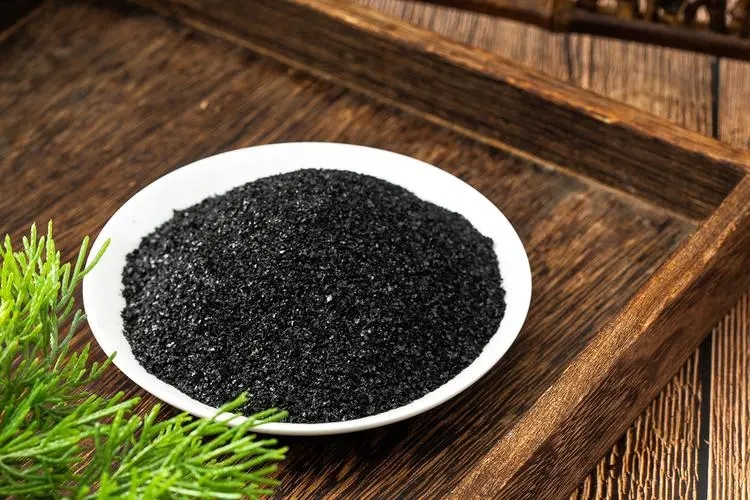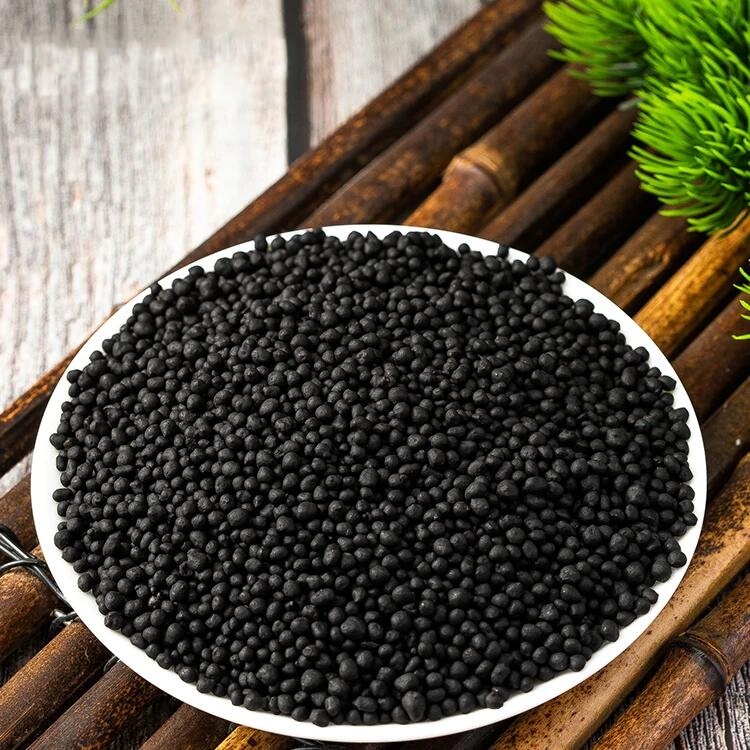Effects and functions of humic acid on plants
1. Improve the drought and flood resistance of plants
Because humic acid has such functions: it can reduce transpiration of plants, so it is resistant to wilting. It has a redox system, which promotes the respiratory function of plants, making them more resistant to the difficulty of root hypoxia due to flooding. In addition, since humic acid is a multifunctional hydrophilic colloid, it affects the permeability of plant cell membranes and can regulate the absorption of nutrients by plants. In short, the more unfavorable the conditions, the more obvious the beneficial effects of humic acid are
2. It has an inhibitory effect on certain plant viruses
In a sense, humic acid is also a pesticide. For example, rice rot was very serious in the past, but since the use of humic acid fertilizers, this disease has basically disappeared. In any case, humic acid is non-toxic, which is an advantage that many other pesticides cannot match.
Through the systematic explanations in the two articles, do you now understand the role of humic acid in plants? To sum up the two articles, humic acid has diverse functions, more advantages than disadvantages, and abundant sources. It has great development prospects in practical application and I believe it will become the leading fertilizer in the direction of agricultural development in the future.



